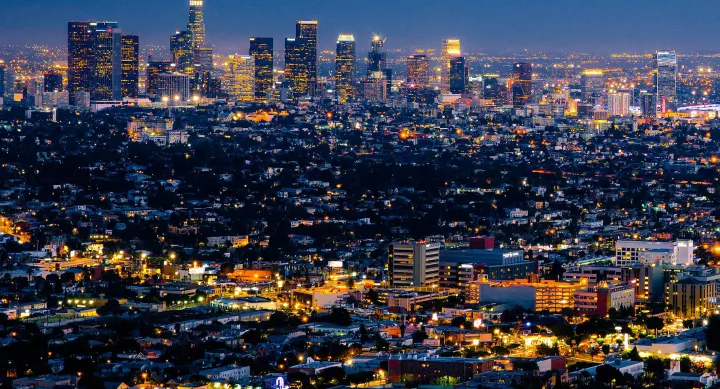
We can't just hit a reset button and revert to how things were before. This pandemic, like all great pandemics, will not end quickly. It threatens to reappear in subsequent waves over the next year to 18 months, until we find a vaccine or develop herd immunity. The historical record shows that the cities that enforced this kind of social distancing most aggressively in 1918 experienced far fewer cases and had far fewer deaths. Social and physical distancing can work to flatten the curve of the first wave, which will hopefully end in a couple of months, maybe less. Subsequent waves and flare-ups may continue into and beyond next year's flu season, until we develop a vaccine or develop the herd immunity required to fight off this virus.
Even as cities focus on a full-out mobilization of required health and medical resources to cope with the first phase of this pandemic, it is important that economic developers mobilize all available resources to get their communities ready and prepared safely and securely.
To help with this mobilization process, we have developed a 10-point plan, based on detailed tracking of the current pandemic and historical accounts of past pandemics, and conversations with city leaders, health care professionals and economic developers across the country.

